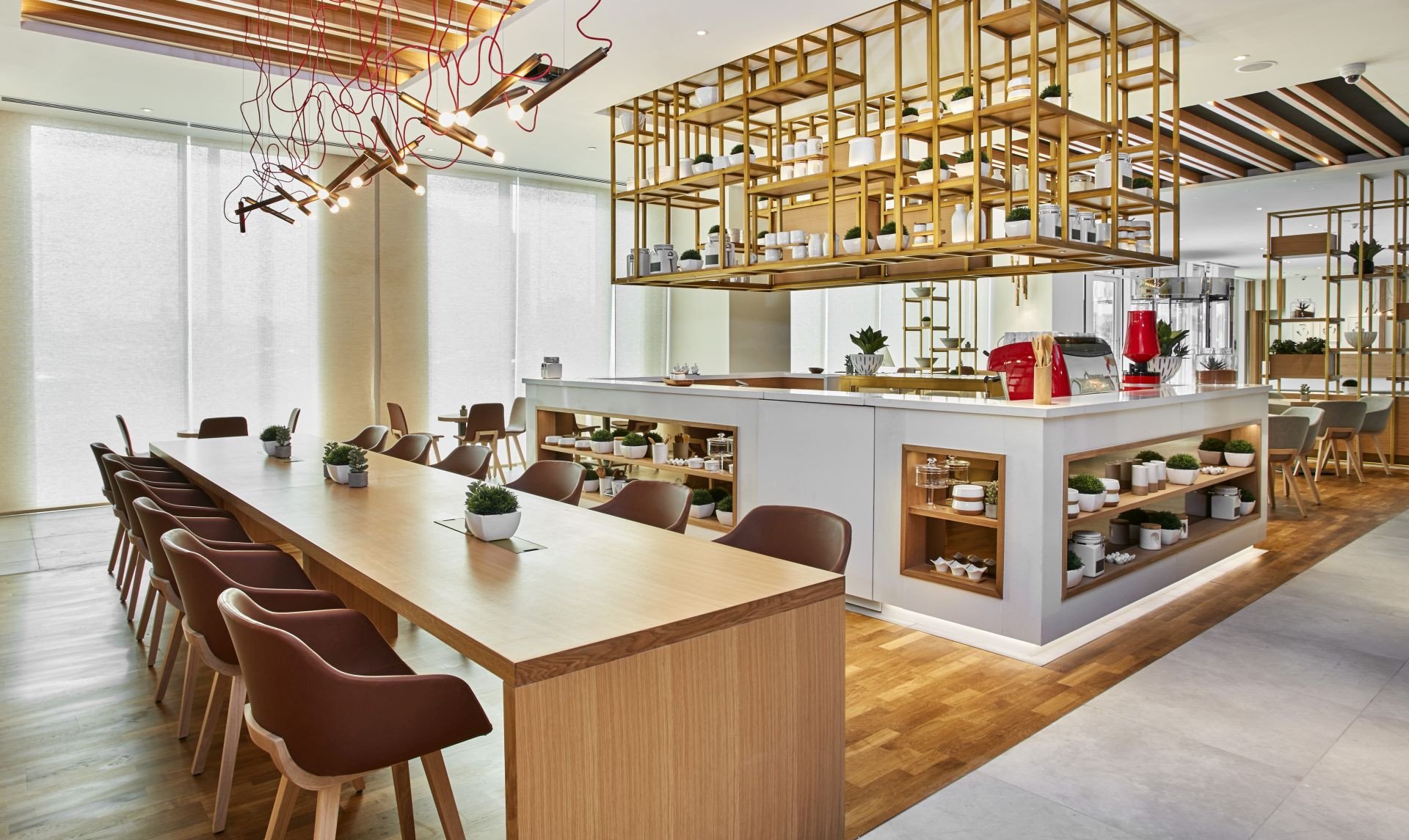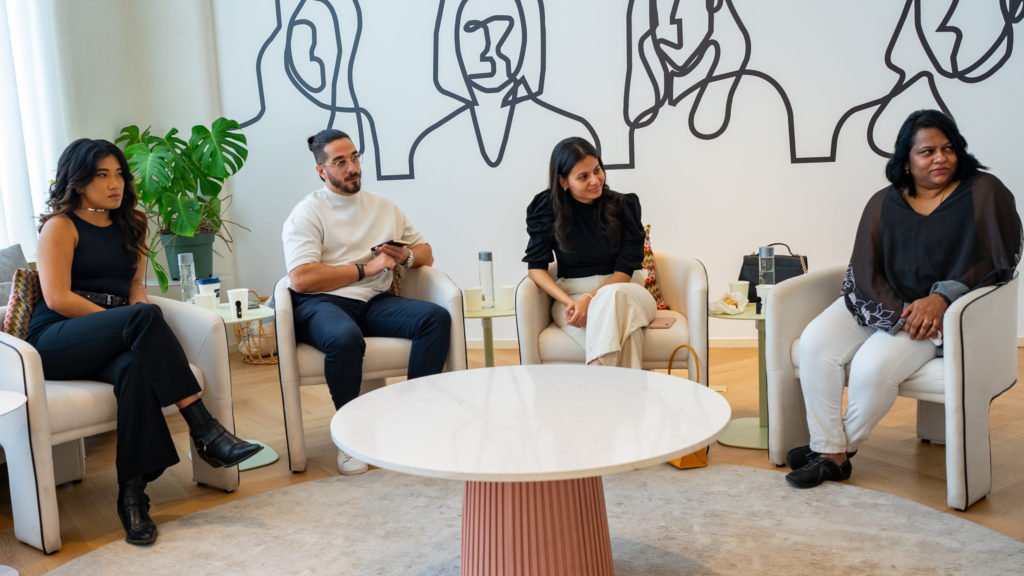We come to you with yet another gem in the series – design conversations, we look to experts from the field to enlighten and educate us on the various topics from the industry. Regina Santos from GAJ explores the importance of colour temperature when it comes to lighting and the effects it can have on us.
Lighting plays a crucial role in designing for a space. Depending on the style of the space, selection of materials and design intent, we generally choose a warm colour temperature in the front of house areas. However the colour selection is not a gold standard of choice and does not need to be the same for all spaces. If it’s a new technologically-inspired space, then we do sometimes select cool colour temperatures, but they do need to be well integrated into the interior design intent for the project. The white colour temperature needs to be balanced throughout all the light fixtures we are using in a project, and this can sometimes be a challenge due to the lack of homogeneity between the same colour temperatures of fixtures from the different manufacturers.
 Having attained a Bachelor of Arts in Industrial Design, a Bachelor of Science in Architecture & Urban Planning and s Master of Science in Architectural Lighting Design, Regina decided to commit to her passion and specialise in lighting design, which she excelled at for the last ten years.
Having attained a Bachelor of Arts in Industrial Design, a Bachelor of Science in Architecture & Urban Planning and s Master of Science in Architectural Lighting Design, Regina decided to commit to her passion and specialise in lighting design, which she excelled at for the last ten years.
Regina’s talent and expertise is demonstrated by her comprehensive portfolio of work, from public spaces to hotel and residential properties. Some of her project highlights include the DEWA Solar Innovation Center; New York University Abu Dhabi; Hilton Garden Inn Dubai, Mall of the Emirates and more. Regina regularly contributes as an influencer of ideas continually evolving and transforming her field and setting new benchmarks in the industry. She now heads up the team of lighting designers and technicians within GAJ.
White light does behave differently between the different products so we have to test them for comparison and consider the many variations between them and how the white light behaves differently amongst them. Even when we state the same colour temperature in a luminaire schedule they may not perform the same so it is imperative that they are tested to ensure the colour temperature is balanced between them.
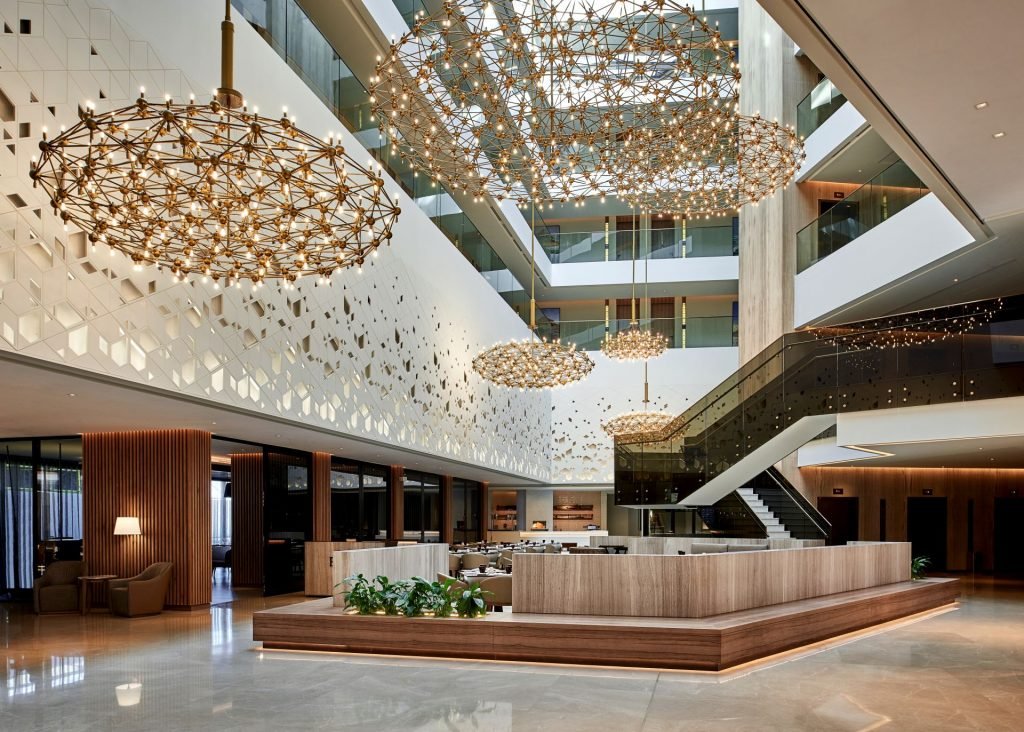
Above: Mysk Al-Mouj, Muscat, designed by GAJ
This is one of several key considerations when it comes to selecting the light fixtures for projects. The choice of the hue of white light will determine the mood of the project or area and is closely related to the selection of the materials, finishes, fabrics and artworks that are used. While these materials are selected by the architects and the ID team they do determine how lighting specialists select the light colour temperature of fixtures for the project as everything needs to be balanced.
Interrupting the Circadian Rhythm
The effects of white light in our circadian rhythm has been a much debated topic in recent years. Of particular interest is how we are exposed to artificial light throughout the day and how much light we need for a night-time space.
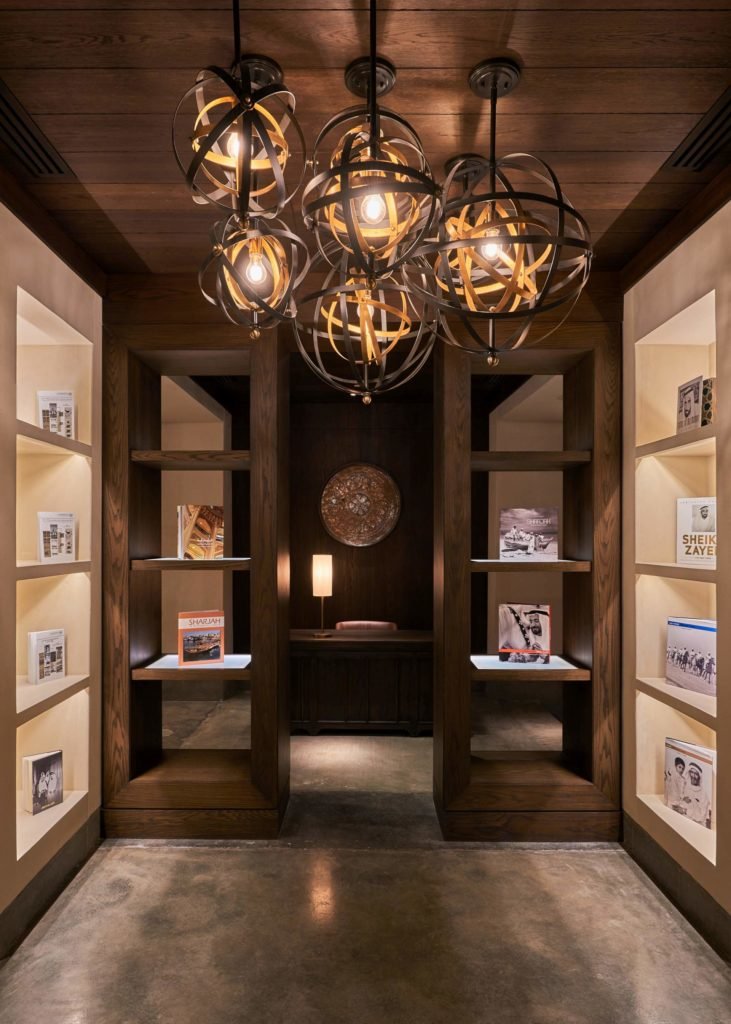
Above: Al Bait Hotel, Sharjah, redesigned by GAJ
The circadian rhythm regulates a number of biochemical, physiological, and behavioural processes. One of the most important bodily functions regulated by circadian rhythms is the sleep and wake cycle. During the day we are awake and alert but as the sun begins to go down melatonin is produced to help prepare us for sleep.
As much as the development of LEDs is a great technological achievement for energy efficiency, it has also a downside effect as the blue/cool light of LEDs can delay the release of melatonin as we prepare for bedtime, thus affecting our sleep cycle. Blue or cool colour temperature LED light has twice the harmful impact on night-time melatonin release when compared to warm white incandescent light, even when the lux intensity is matched. Even a hint of dimmed light, 8 to 10 lux, can affect our sleep during the night, so we can imagine the effect of a standard bedside lamp which can produce 20 to 80 lux.
Today the light levels from operators and design standard manuals determine that we need to have between 100 and 200 lux in a guestroom. While this may be suitable in a bright scene for use in the morning, late afternoon or early evening, a low level scene is also required for night time as high lux levels may be what keeps us from falling asleep. Even low levels of light can be harmful. Sleep disturbance is often a result of the combined effects of our lifestyle habits such as consuming caffeine in the late afternoon as well as our exposure to cool light at night. All of this creates a delay in the release of the chemicals that help regulate our sleep/wake cycle.
Final Thoughts
There is no definitive answer to how lighting design addresses the impact of artificial light on our circadian rhythms, but awareness of the effects of light in our system is the key in helping us improve our specification of architectural lights in our projects. Balanced light and colour temperatures are surely key points and the use of the technological tools available to us, such as tunable white light fixtures and dynamic controls, might just help us remedy the excess of use of cool colour temperature light fixtures in public spaces which is where we spend most of our time before preparing ourselves to go to sleep.
Good lighting should therefore follow the patterns and rhythms of natural light, balancing warm to cool and again to warm colour temperatures throughout the day in an attempt to mimic the hues of colour that we experience from the sun throughout the day, as the sun is our most reliable melatonin regulator.
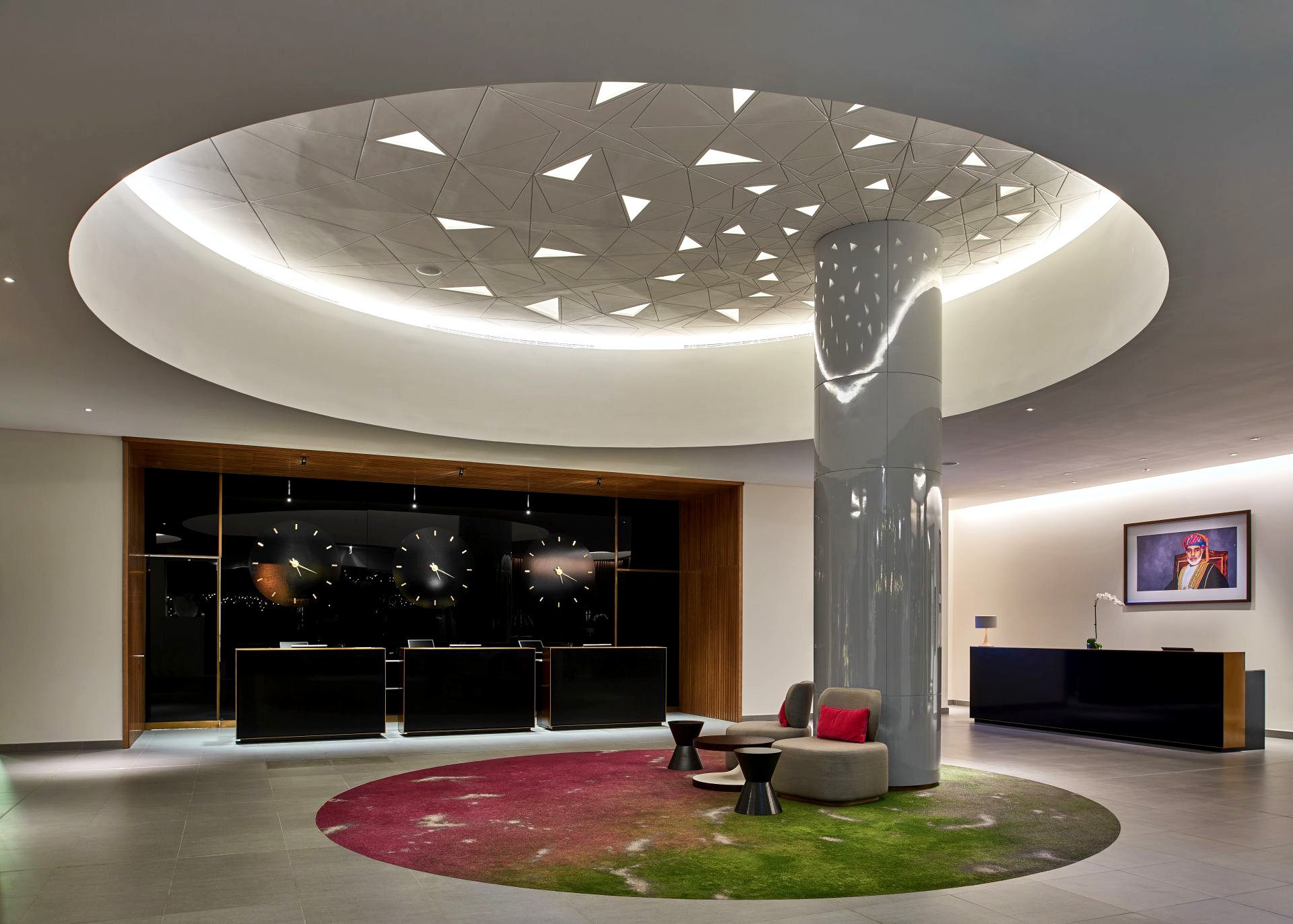
Above: Sundus Rotana, Muscat, designed by GAJ
Article info
Article:
Date added:
30 July, 2019

